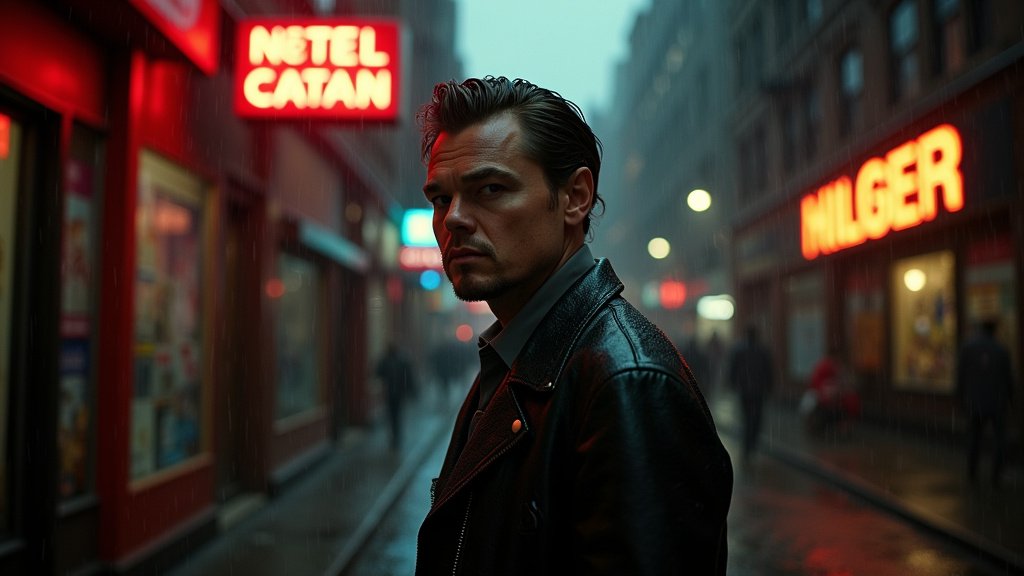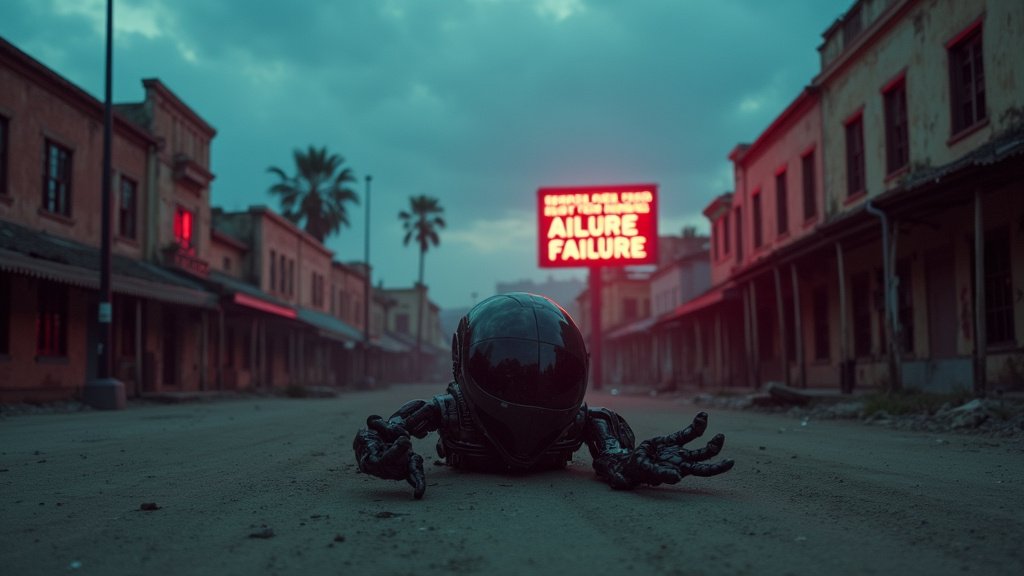The cinematic landscape is abuzz with the arrival of One Battle After Another, Paul Thomas Anderson’s ambitious, genre-bending action thriller that boasts a staggering $175 million budget and a constellation of Hollywood’s brightest stars. The film, loosely inspired by Thomas Pynchon’s complex 1990 novel “Vineland,” has already garnered universal acclaim from critics ahead of its wide theatrical release on September 26, 2025. This news marks a significant moment, showcasing Anderson’s directorial prowess on his most expensive project to date, a rare large-scale original feature in today’s franchise-dominated industry.
A Visionary Director Tackles a New Scale
Paul Thomas Anderson, a filmmaker celebrated for his character-driven dramas like “There Will Be Blood” and “Magnolia,” ventures into uncharted territory with “One Battle After Another”. Known for his meticulous craftsmanship and deep dives into the human psyche, Anderson’s decision to helm a high-octane action thriller with a $175 million price tag has generated considerable excitement and speculation. The film’s production journey has been a closely watched event, with reports of extensive test screenings and a deliberate push towards an awards-season-friendly release window.
A Stellar Ensemble Assembled
Headlining the formidable cast are Leonardo DiCaprio as Bob Ferguson, a retired 1960s activist, and Sean Penn as his formidable nemesis, Col. Steven J. Lockjaw. Their clash forms the narrative’s dramatic core, set against a backdrop of political intrigue and personal vendettas. The ensemble is further bolstered by acclaimed actors such as Benicio del Toro, Regina Hall, Teyana Taylor, and newcomer Chase Infiniti, who makes her feature film debut. Teyana Taylor’s role as Perfidia Beverly Hills and Chase Infiniti’s as Bob’s daughter, Willa Ferguson, are central to the plot’s exploration of legacy and consequence.
From Pynchon’s Psychedelic World to the Present Day
While “One Battle After Another” draws inspiration from Thomas Pynchon’s “Vineland,” it diverges significantly in its setting and narrative specifics. Pynchon’s novel, a postmodern tapestry set in 1984 California, delved into themes of activism, government surveillance, and the lingering counterculture spirit of the 1960s. Anderson has reportedly transplanted these thematic concerns into a contemporary American setting, using the novel as a springboard rather than a strict blueprint. The film promises to capture the novel’s blend of political satire, dark comedy, and intricate plotting, offering a fresh interpretation for a modern audience.
The $175 Million Gamble and Hollywood Buzz
The film’s substantial $175 million budget underscores Warner Bros.’ significant investment and belief in Anderson’s vision. This investment is seen as a calculated risk, leveraging the combined star power of DiCaprio and Anderson to deliver a cinematic event. The trailer, which generated considerable buzz, offered glimpses of the film’s explosive action sequences and its distinctive tone, blending absurdist humor with potent political commentary. The immediate critical reception, highlighted by a 96 Metascore and a 98% rating on Rotten Tomatoes, suggests the gamble is paying off, positioning the film as a major contender and a trending topic in Hollywood discussions.
Thematic Resonance and Critical Acclaim
“One Battle After Another” is being lauded not just for its action and spectacle, but for its timely exploration of contemporary American issues, including political division, activism, and societal anxieties. Critics have praised its incendiary nature, its incisive commentary, and its ability to balance grand scale with intimate character dynamics, particularly the father-daughter relationship at its heart. The film’s visual style, shot on VistaVision and formatted for IMAX, aims for an immersive theatrical experience, a testament to its big-screen ambitions. As reviews pour in, “One Battle After Another” is solidifying its status as a must-see event and a potential masterpiece, generating significant hype within the film community and beyond. The convergence of Anderson’s directorial genius, a star-studded cast, and a relevant, provocative narrative has positioned this film as a significant event in contemporary cinema news.





